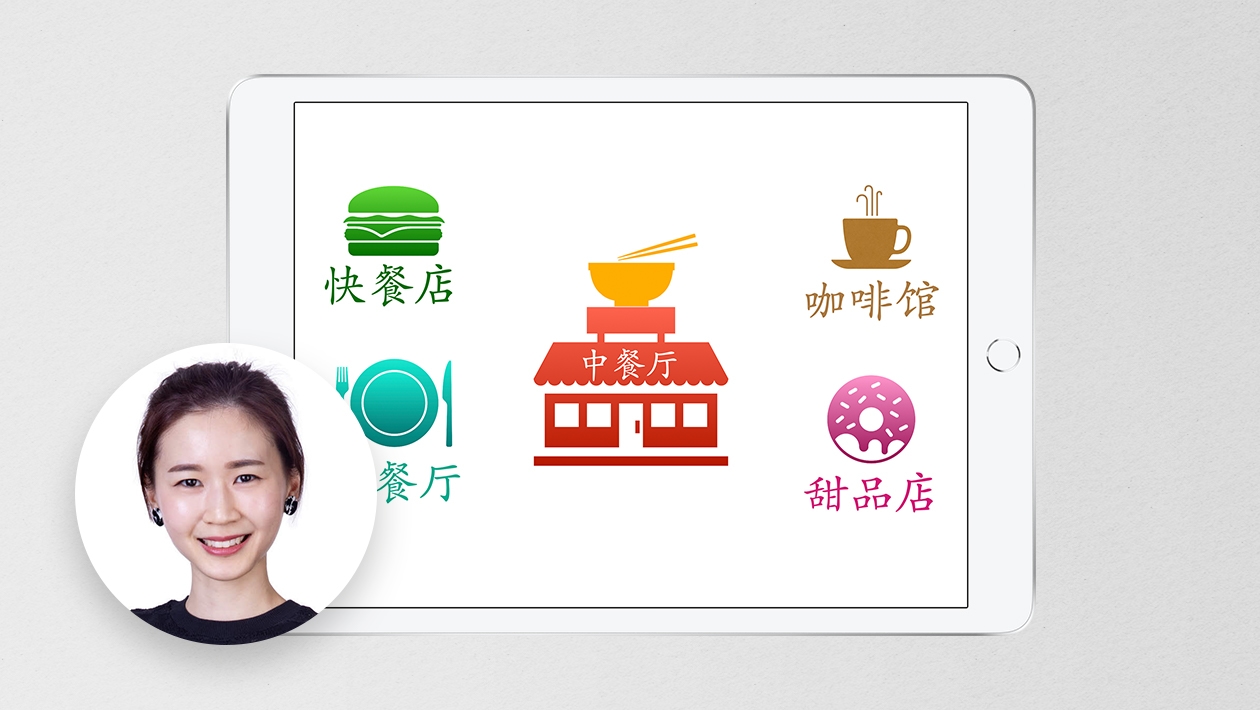Literacy Levels
Literacy levels are of concern in New Zealand, as identified in the pre-pandemic statistic published by the OECD: 40% of students with a year 12 qualification may not have the literacy and numeracy skills needed to function fully in an information-rich world. In addition, a 2020 UNICEF report found that only 64.6% of New Zealand's fifteen-year-olds have basic proficiency in literacy and numeracy. If you inverse the numbers, the picture comes into stark focus: 35.4% - over a third of fifteen-year-olds – struggle to read and write. If this is the case, we face a dire crisis.
Call to action
In an attempt to improve these statistics, I realised I had to do things differently. I implemented design thinking through project-based learning in order to improve literacy skills with my Year 11 class. To do this as authentically as possible, I collaborated with the Technology Department in order to deliver purpose-based learning. It is the goal that, through collaboration and shared skill-sets, I will improve my practice in order to positively impact the literacy levels and academic outcomes of my students, in particular, priority students.
Designing a New Course
Emerging opportunities that technology gives us is the ability to use design thinking and project-based learning approaches, allowing students to both dictate and navigate their learning pathway, with assessments based on competency by means of an iterative process. Ironically both a strength and a weakness of the New Zealand education system is the self-autonomy of schools. The weakness is the inconsistencies in and across schools. But the strength is that our local curriculum can be broad, diverse, knowledge-rich and context-specific.
I identified a real need to establish a fit-for-purpose, targeted response that works across all students. So initially, the idea for this collaboration was largely born out of literacy statistics, and two anecdotal observations. The first was the frustration with senior students who do not see a purpose for English. Many of them are buying time and trying to amass credits in order to really start their lives. The second was the lack of purpose-based writing. It seems to me that PBL environments give students the purpose some of them need to produce good quality work.
Course Outline
This course is an integrated subject between Mechatronics and English. It offers students the chance to develop English skills in context, and develop knowledge based on Technology (Mechatronics) concepts. Students use design thinking to conceptualise, prototype and build projects in Mechatronics that use Electronics as their core. English skills connect with technology skills in the evidence they produce on their personal websites.
Year 11 Students in Action
We currently have a group of Year 11 students split into two class groups, dividing their time equally between the subjects. It is perhaps worth noting that this is their English class, it is not an additional class. Students move between subject areas as required, in either Mechatronics or English. Occasionally, we all get together to plan and strategise, clarify and refine the course. We continuously iterate both the course content and proposed outcomes.
With students having knowledge of a particular subject area like Mechatronics, their English assessments take on relevance to the second area of their study program. Projects have a driving question to focus the writing, and each iteration follows the design thinking framework. What has amazed us is that, although the time is halved, we have actually gained time due to the streamlined and integrated nature of the course.
Contemporary education affords us the opportunity for competency-based education. Instead of traditional grading and assessments which seem to disadvantage many students, progress is based on demonstrated mastery of skills. Competencies include explicit and measurable learning objectives. In this way, students take ownership and become empowered, and at the same time, supported through timely and individualised support. Assessment becomes a meaningful and positive experience and can show real-time progress of higher-order skills. This in turn helps students navigate the flexible workspaces they will one day inhabit. We have learnt that through effective use of technology, teachers can overcome barriers and accelerate learning.














Attach up to 5 files which will be available for other members to download.